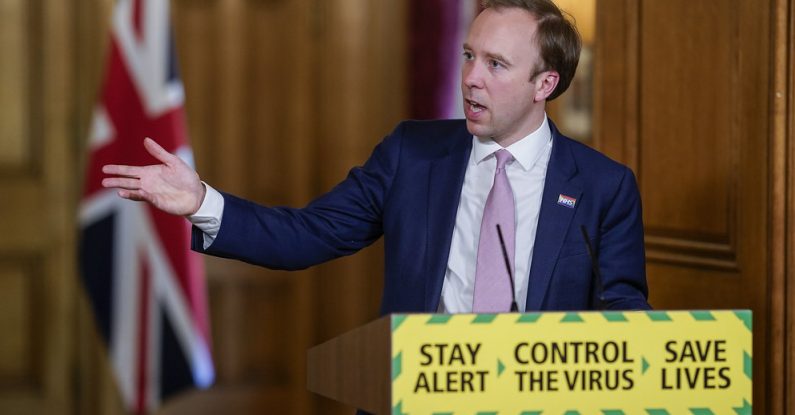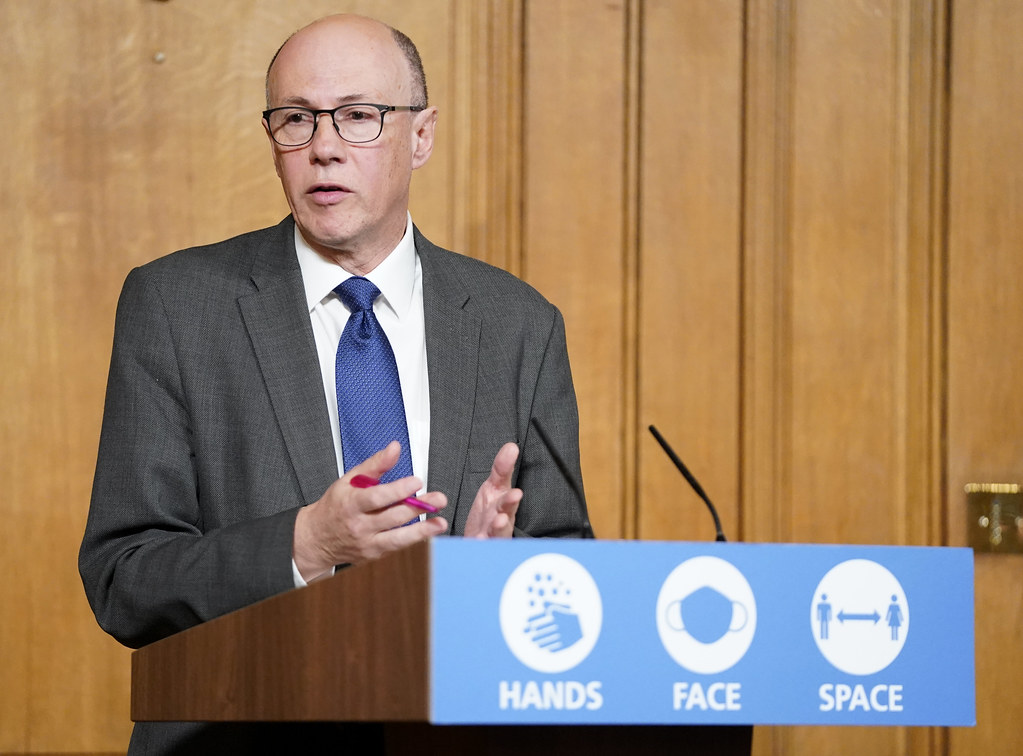
Campaign slogans went through the wringer in 2020.
The strongest have endured.
The weaker entries have been ridiculed.
What makes for great campaign slogans boils down to a few simple rules.
And the key messages we’ve seen over the last 9 months have demonstrated these brilliantly.
Or in some cases, less so.
We run business writing courses to demonstrate what engages and what fails to.
So let’s investigate these campaign slogans, and see what we can apply to our own communication skills.

This slogan was introduced by the UK Government over the summer.
Almost six months on, it’s the call to action in each coronavirus advert on TV, radio and newspapers.
It’s a slogan that works for a number of reasons.
Firstly, it’s three clear images.
Washing your hands.
Covering your face.
Giving space to others.
Secondly, it’s short.
Which helps with your audience’s memorability.
And thirdly, the soft rhyming in the three words.
Face and space roll off the tongue easily.
And the human brain loves rhyming.
Here’s a test for Scottish readers.
What does the Scottish Government’s ‘FACTS’ coronavirus advice acronym actually stand for?
I’ll wait.
This was the problem I came across after reading this Sunday Post article.
Research had found a majority of young Scots were unable to remember what the acronym meant.
I immediately stopped reading to recall it.
I came up with: Face coverings – Alertness – Covid-safe – Two metres – Stay home.
Turns out I got three of those wrong.
The problem with acronyms is that they’ve got be punchy and visual to be truly effective.
The ‘A’ of the slogan is Avoid crowded places, which is too wordy to be memorable.
It also falls into our ‘vague’ image category.
What counts as a crowded place?
Sometimes the discount bakery counter at my local Tesco can get a little rowdy.
Similarly, the ‘S’ of the acronym stands for Self-isolate and book a test if you have symptoms.
And that’s too long if you want a population of 5.5 million to remember and act on it.
Here’s a crystal clear example of a winning slogan.
When lockdown began in the UK on March 23, this became the UK’s simple key message.
A two-word visual instruction emblazoned on the Prime Minister’s daily briefing podium.
It shut out any room for ambiguity.
And the red and yellow colours added to its impact.
When you add in the next two lines, the slogan becomes even stronger.
Stay Home. Protect the NHS. Save lives.
So why did this slogan work so well?
(Or too well, according to Downing Street insiders).
It’s because it ticks all our boxes of clear communication.
For starters, it’s short.
Which, as mentioned, makes it much easier to remember.
It’s also a visual instruction.
Stay home.
And the rest of the slogan takes the moral authority.
It presents an unarguable argument to do as it asks.
Protect the NHS and save lives.
Communication at its most effective.
And then came this baffling campaign slogan.
In early May, Prime Minister Boris Johnson decided it was time to shift tactic.
This meant the successful Stay home instruction morphed into Stay alert.
Everyone from politicians to internet jokers to world-famous authors lined up to have a go at it.
Meme generators had a field day.
And even though Number 10 defended their slogan, research in September found it had been largely ineffective.
Why?
Because it was far too vague.
And it was open to interpretation.
What did ‘stay alert’ even mean?
Something specific and visual would have made this one far more effective.
The success – and subsequent virus impact – of this scheme is a discussion for another day.
But in a list of Covid-19 campaign slogans, this one cuts the mustard (pardon the pun).
This slogan was brought out to encourage Brits to boost the UK economy.
Half-price meals in August.
Eat out to help out worked because it was so simple a child could understand it.
That’s one of our crucial tests of jargon.
The repetition and rhyme of the word ‘out’ also boosted the memorability factor.
We’re crossing the pond for this one.
The state of Oregon teamed up with an agency to produce a series of advertising posters.
Looking to strike a serious and sombre tone, they opted for this slogan.
But this, of course, absolutely shatters our rule on pink elephants.
Speaking in unnecessary negatives.
Because now we’re talking about accidentally killing someone.
When the message they ought to send out is: protect other people.
Which is overwhelmingly more positive.
And far less macabre.
You may be on the verge of rolling out your own campaign slogan.
Whether that’s an internal message for staff.
Or an external campaign for customers and shareholders.
For it to be successful and effective, it’s got to be short and visual.
That’s it.
Look at any memorable slogan over the years for the proof.
Make America Great Again.
Just Do It.
Because You’re Worth It.
So what does our business use?
Of course.
If you’re looking for more on making a big impact with your audience, we’ve got an e-learning course for you.
There's a lot of top-tier material on the Pink Elephant Academy for you and your team.
Colin Stone is Senior Trainer and Communications Lead at Pink Elephant in Glasgow.
You can read his full profile here.
Photos in Campaign slogans blog by Number 10 on Flickr / Scottish Government / CC BY-NC/ UK Prime Minister / CC BY-NC-ND /on Foter.com.
Featured image by Number 10 on Flickr.
15th December 2020 Featured in: Blog, Commentary, Communication skills training blogs, Crisis management training blogs, Media training blogs By: Pink Elephant
Some media trainers knock you down…and leave you down. Our media coaches show you how to deal with each knock…and still win through. So you have the presentation skills to perform – with confidence.